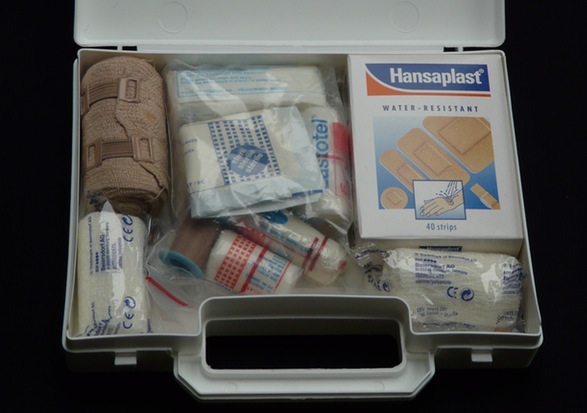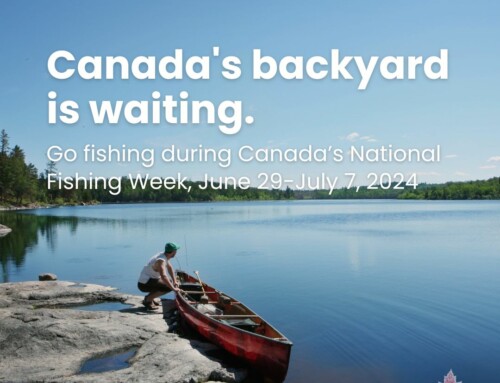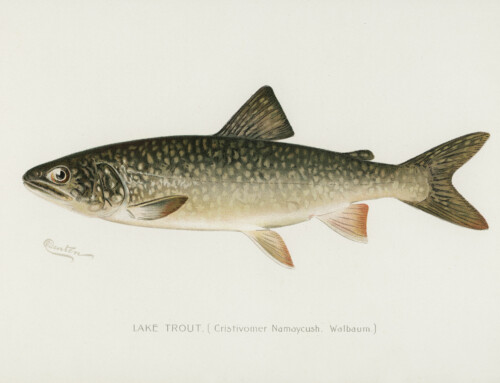Originally published by Fishulo, April 26, 2016
Outdoor activities can be an excellent escape from the stresses of everyday life. It is important, however, to understand how to safely handle any emergency situation that may arise on your trip.
Article By: Eric Carrell of True North Athletics
How to Field Treat Injuries
Whenever you head out into the wilderness you’re always expecting a great day. Whether it’s to fish, hike or camp it’s only natural to assume that you’ll be alright. However, enjoying the outdoors always carries a certain amount of risk and a little bit of preparation is essential to make sure you know how to effectively treat any injuries you or others in your group may get.
In this article we’ll give you the basics on how to treat some of the more common injuries that occur in the field. Please keep in mind that these are general guidelines. Consider completing a first aid course to further your knowledge and seek the help of a medical professional as soon as possible in an emergency situation.
Wilderness First Aid Kit
When it comes to first aid kits for outdoor adventurers, there are no standard requirements. What yours should include depends on what you’re doing, where you’re going, how long you’ll be away for and how far you’ll be from medical assistance. Whether you’re buying a standard first aid kit or putting your own together these basics should be included:
- Sterile dressings
- Bandages
- Athletic tape for securing bandages, supporting strains and preventing blisters
- Alcohol wipes, iodine solution or antiseptic cream
- Tweezers
- Small knife
- Painkillers
- Anti-diarrhoea tablets
- Antihistamine tablets for mild allergic reactions
- Electrolyte replacement tablets
- Water treatment tablets
- Emergency blanket – numerous uses including treating shock, hypothermia and building a temporary shelter
First Aid Response
In the wilderness, your response to an injury is critical. These basic steps should always be followed:
- Stay calm and try to calm the injured person
- Assess the area for danger – You can’t help if you’re injured as well so don’t put yourself in danger and only move the injured person if absolutely necessary
- Call for help if possible
- Start CPR if the injured person isn’t breathing – once you start CPR you probably won’t be able to stop until medical staff are on scene so make sure help is on its way first
- Stop any bleeding
- Check for injuries to the head, neck and spine
- Check for other injuries
- Treat injuries from the most important to the least
If you weren’t able to call for help, decide if the injured person can be moved to get help. If they can’t, set up a shelter to keep them warm and dry and leave food and water for them while you leave to get help.
To read the rest of this article, visit Fishulo.
Photo courtesy of Fishulo.







